Ever scrolled through your feed and felt like the American dream’s on life support? Same. It’s like binge-watching a dystopian series where once-great states are fizzling out—thanks to sketchy policy decisions, crushing poverty, and sometimes both. So grab your avocado toast and latte, because we’re diving into 15 U.S. states that, in 2025, look like they’re on a one-way ticket to “What even happened?” territory. No sugarcoating—just the tea (and some receipts).
1. Mississippi
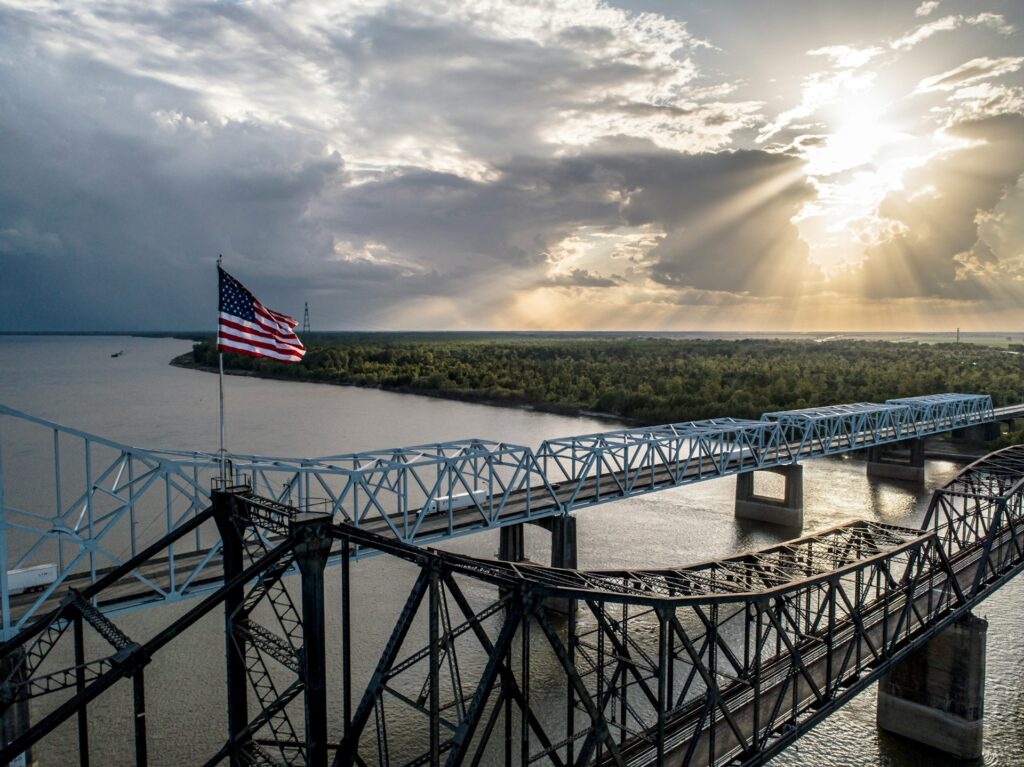
Mississippi has been flirting with “worst in class” for poverty for decades, and spoiler: it’s still in the back row. According to the U.S. Census Bureau QuickFacts, a whopping 18.0% of Mississippians live below the poverty line, placing it near the top of the national un-fun chart. Meanwhile, sluggish job growth and underfunded schools mean young folks are ghosting the state faster than your last Tinder match, dropping the population by 0.7% last year alone. Add in persistent healthcare deserts—places where the nearest primary care doc might as well be on Mars—and you’ve got a recipe for discontent. Politicians keep tossing tax breaks at big corporations, but somehow the education budget still looks like it was drawn in crayon.
Rural hospitals keep shutting down, leaving seniors and newborns in a perilous medical no-man’s-land. The state’s incarceration rate is through the roof, partly thanks to outdated drug policies that criminalize poverty. Infrastructure? Let’s just say potholes are more reliable than public transportation. And when tornado season rolls around, the combination of dilapidated roads and scarce emergency funds feels less like a weather event and more like a sad reality show. Meanwhile, cultural staples like blues music keep the spirits alive, even if budgets for arts programs are MIA. If there’s any silver lining, it’s that Mississippians have legendary grit—but grit only pays the bills if there are bills to pay.
2. Louisiana
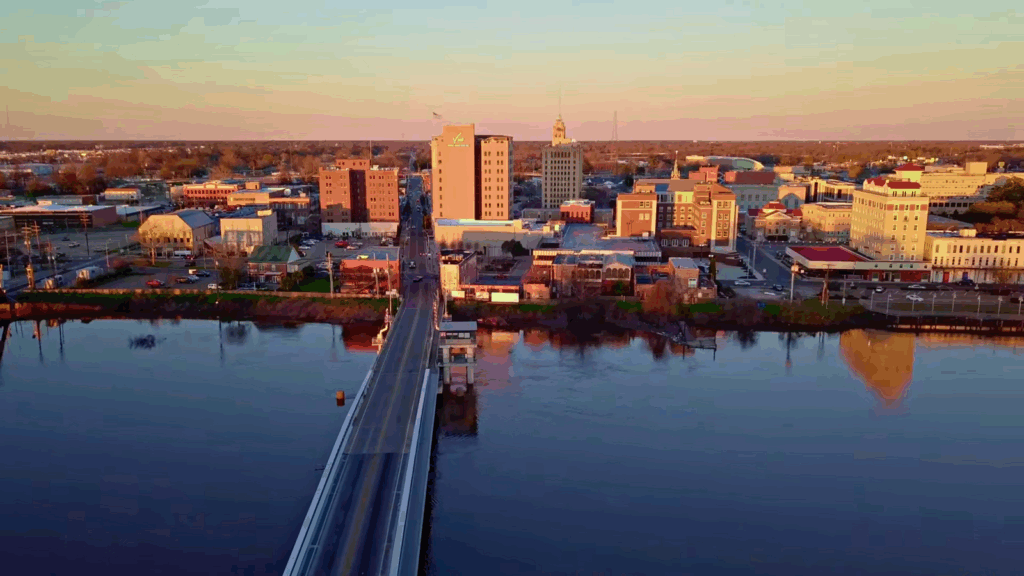
Louisiana is basically that friend who can’t stop making wild decisions—except it’s a state, and the decisions impact 4.6 million people. In its 2024 Best States report, the Shreveport Times notes that about one in five Louisianans live in poverty, thanks to a toxic cocktail of industrial pollution, underinvestment in schools, and crime rates that make you clutch your pearls. And while the state government celebrates minor wins in healthcare access, basic day-to-day expenses are climbing faster than a crawfish boils sales pitch. If you thought the Big Easy was all beads and bayou sunsets, think again.
Coastal erosion and levee failures add a splash of “will we drown next?” to everyday life. Climate policies have been, shall we say, a bit lax, meaning hurricanes pack a heavier punch year after year. The oil and gas industry still rules the roost, yet the revenues rarely trickle down to fix potholed roads or boost wages. And let’s not even talk about child poverty—Louisiana ranks 49th in child well-being per the Annie E. Casey Foundation. Yet somehow, every election cycle, the same playbook rolls out: tax incentives for big biz, promise of “better days,” rinse and repeat. The state anthem might be “You Are My Sunshine,” but folks here are more like, “You Are My Student-Loan Debt.”
3. New Mexico
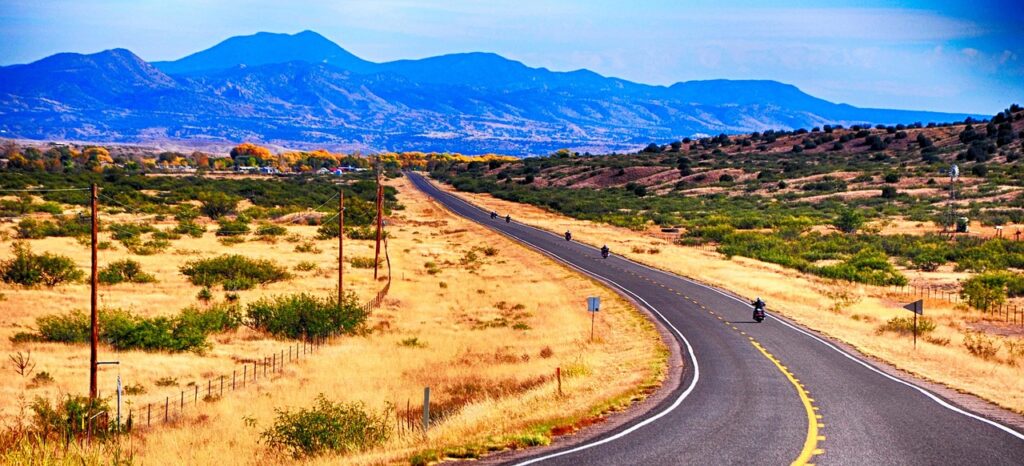
Ah, New Mexico: land of enchantment, sun-dried tacos, and—apparently—people who struggle to pay rent. According to Black Enterprise, New Mexico’s poverty rate sat at 18.2% in 2023, joining Mississippi and Louisiana in the “why though?” club. Rural areas, especially on tribal lands, have been chronically underfunded, leaving roads that look like lunar landscapes and broadband that’s more myth than reality. When policymakers score big wins on headline-grabbing legislation, it rarely translates into enough cash for shelters or mental health clinics.
The state’s tax structure relies heavily on oil and gas royalties, which bounce up and down like a toddler on a sugar crash—making budget planning a nightmare. Education gets the short end of the stick, pushing teacher turnover sky-high and leaving students in overcrowded classrooms. Meanwhile, the housing crisis looks like a “filter coffee only” situation: everyone’s waiting in long lines, but few can get a seat. Oh, and if you thought the Southwest sun was forgiving, try facing energy bills that roast your wallet each summer. New Mexico’s cultural magic might be off the charts, but real talk? People need stable jobs, solid schools, and roofs that don’t leak.
4. West Virginia
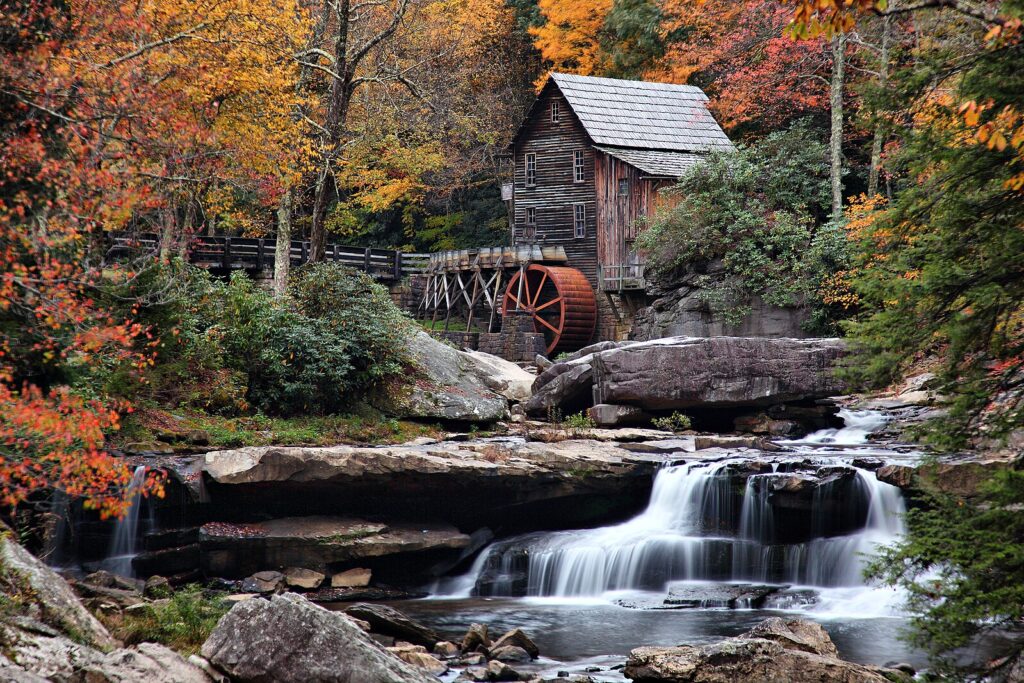
West Virginia is serving up a masterclass in how not to address poverty—because instead of building safety nets, legislators are busy clipping holes in them. In an exposé by West Virginia Watch, it’s laid bare that lawmakers have introduced bills to ban SNAP recipients from buying anything fun—yes, that means no candy or soda for kids—while letting funding for child care and addiction treatment dwindle. If you’re looking for policy that lifts people up, you’ll have better luck digging for coal in your backyard. Instead, the state’s official poverty rate, which hovered around 16.7%, feels like background noise next to these headline-grabbing legislative stunts.
The collapse of the coal industry left towns ghosted, with shuttered storefronts and seniors who can’t afford heating. Healthcare infrastructure? Patchy at best. The opioid crisis still rages unabated, worsened by tight budgets for treatment programs. And in a state where one in six kids lives in poverty, cutting social services feels like a cosmic joke. State revenue projections are volatile, courtesy of ever-shifting energy markets, so priorities keep bouncing around—and poor communities always land in last place. Yet somehow, politicians pat themselves on the back for “fiscal responsibility.” Spoiler alert: being broke and staying broke because you refuse to tax the ultra-wealthy isn’t a business strategy—it’s a tragedy.
5. Arkansas

Arkansas is kind of like that Midwestern cousin who’s quietly unraveling—until you realize Walmart greeters have better benefits than your average front-liner. As noted by Debt.org, roughly 15.7% of Arkansans live in poverty, which translates to one of the highest rates in the country. Rural hospitals are going offline faster than you can say “cholesterol check,” and legislators seem more obsessed with bathroom bills than raising the minimum wage. It’s a perfect storm: stagnant wages, sky-high medical debt, and public transit that feels like a unicorn (you’ve heard of it, but no one’s actually seen it).
Public education funding is a head-scratcher, with teacher salaries lagging behind the national average and classroom sizes ballooning. Natural disasters, like tornadoes and floods, stomp through communities with minimal warning because infrastructure upkeep is, um, optional. And while Arkansas touts its “business-friendly” reputation, that often means sweet deals for corporations at the expense of local workers. The opioid crisis, fueled by pill mills in the past, still shadows communities with higher overdose rates than the national norm. If there’s hope, it’s in grassroots organizations hustling to fill the gaps. But relying on goodwill when basic needs go unmet feels like putting a band-aid on a sinking ship.
6. Kentucky
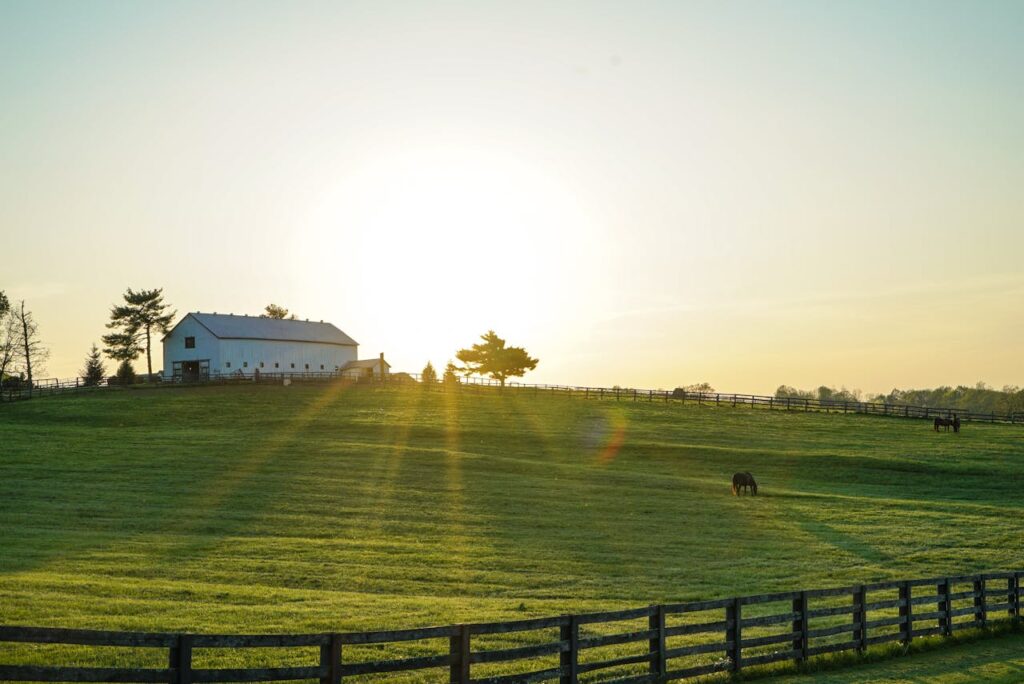
If Kentucky were a person, you’d ask it to stop ghosting you. The Bluegrass State is watching its youth flee to greener pastures while those left behind face underfunded schools and a healthcare system that’s playing hide-and-seek in rural areas. A decades-old reliance on tobacco and manufacturing has given way to nothing much in return—a hollowed-out promise of prosperity. Opioid addiction rates are sky high, and policy responses tend to focus on punishment rather than prevention. Meanwhile, job training programs are underfunded, and small-town hospitals keep sending up the “out of order” sign. At the state capitol, budget priorities feel like an opaque treasure hunt: you know the booty (tax breaks) is somewhere, but communities rarely find any.
Meanwhile, the state’s pension system is bleeding money, leaving current teachers and future retirees sweating over whether their checks will clear. Infrastructure projects lag, especially in the eastern coalfields, where crumbling roads make commutes feel like obstacle courses. Local economies are desperate for diversification, but without broadband or investment, that dream remains on the back burner. And let’s not forget child welfare: Kentucky ranks among the worst for children living in single-parent households without support services. People here have grit—but grit doesn’t fix broken policy.
7. Alabama
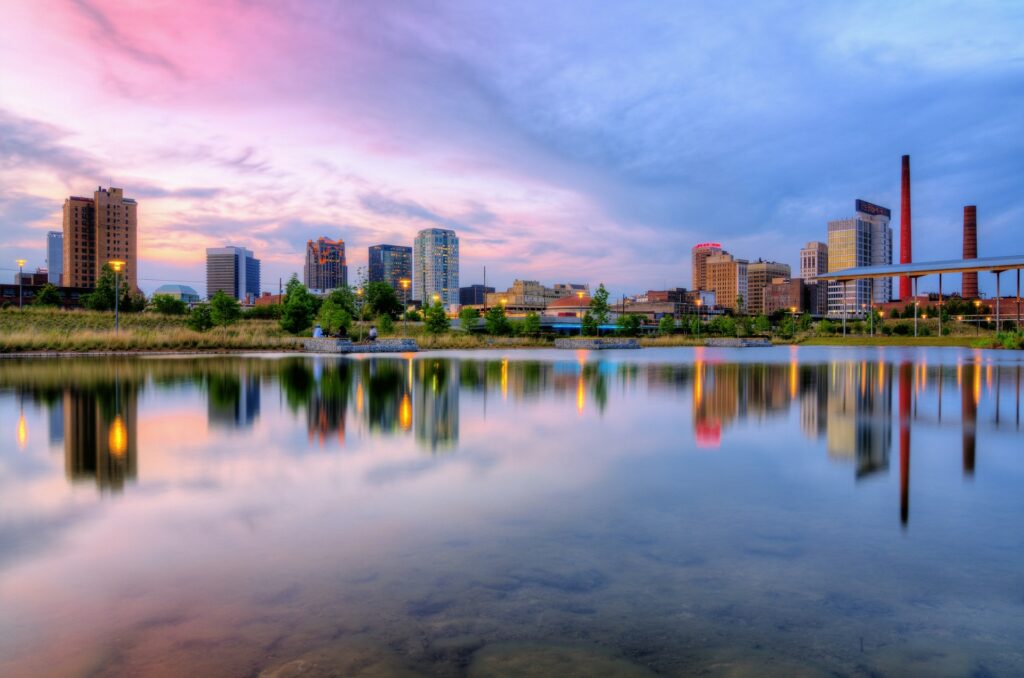
Roll Tide, y’all—and also roll over for budget cuts? In Alabama, a poverty rate hovering around 14.8% combines with poor access to quality healthcare, especially in the Black Belt counties. If you need specialized treatment, be prepared for a road trip worthy of “On the Road,” because local clinics are vanishing. The state legislature has been stingy on Medicaid expansion, leaving hundreds of thousands uninsured. And when it comes to education, Alabama’s per-pupil spending is embarrassingly low, translating into outdated textbooks and cringe-worthy school facilities. Add in crumbling bridges flagged by the federal government, and daily life feels like navigating a policy minefield.
Economic development initiatives tend to favor big multinationals, with sweetheart tax deals that rarely translate into living wages for locals. Rural internet access is so spotty it might as well be a rumor, blocking small businesses from going digital. When hurricanes threaten the Gulf Coast, evacuation plans can resemble amateur hour, due to aging infrastructure and underfunded emergency services. Citizens talk big about Southern hospitality, but you can’t charm your way out of a $500 ER bill. The honest conversation is that Alabama needs systemic investment, not catchy slogans.
8. Ohio
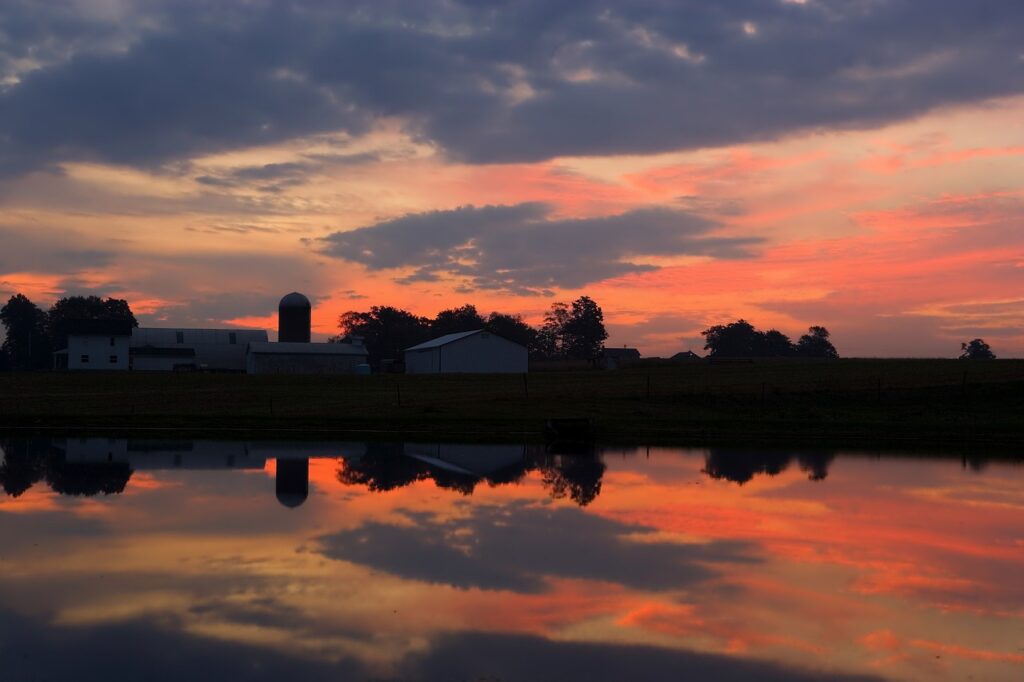
Ohio’s steel towns are bruised, and the state’s heartland is bruising right back. Manufacturing layoffs over the last decade laid bare the need for economic reinvention, but policy responses have been half steps at best. Add in an opioid crisis that has ravaged families, and you’ve got a state government more reactive than proactive. Metro areas like Cleveland and Cincinnati shine on paper, but inland counties in Appalachia remain poverty hotspots, where life expectancy dips below the national average. Meanwhile, state budgets squirrel away surplus cash in rainy day funds while social services squeak by on crumbs.
Public education funding is wildly uneven thanks to a property tax system that favors wealthy districts, leaving rural schools with sub-par resources. Water infrastructure woes burst onto the scene with Flint’s neighbor, Toledo, when lead levels soared in drinking water—and the follow-up reforms barely made a dent. Urban revitalization plans in cities often fail to reach suburbs and small towns, creating an economic moat between haves and have-nots. If you live outside a shiny downtown, opportunities are about as common as a quiet rush hour on I-71. Ohio’s policy pendulum needs a hard swing towards equitable investment.
9. California
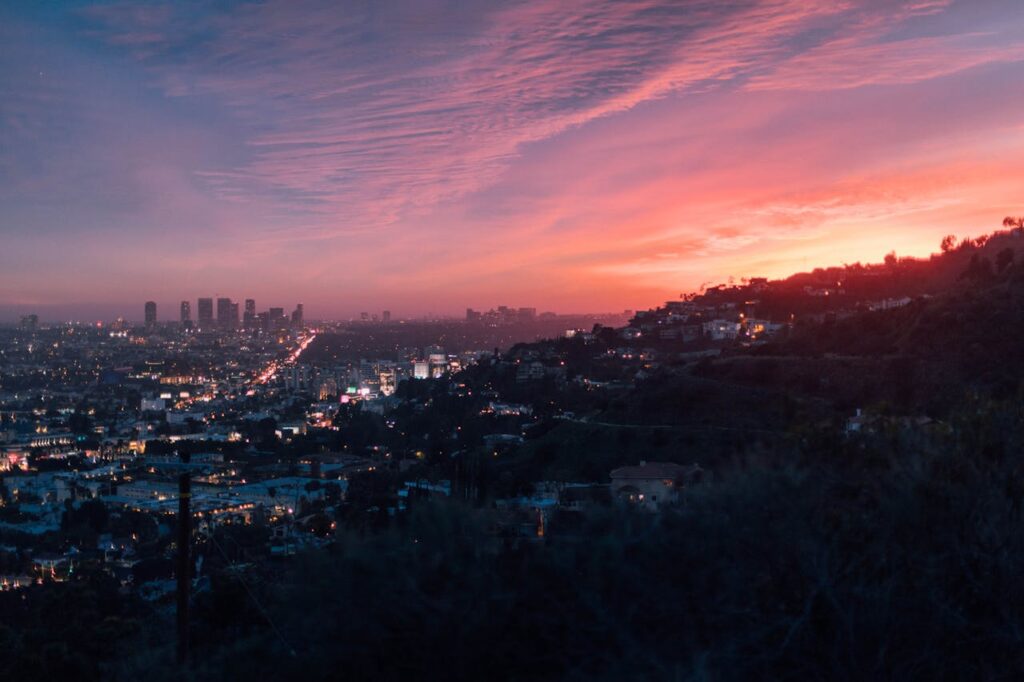
California: land of sun, surf, and—oh yeah—homeless encampments that look like modern art, but not the good kind. Sky-high housing costs have pushed the poverty rate up, with 13.8% of residents struggling to keep roofs over their heads. State and local policies have danced around rent control like it’s radioactive, making the dream of homeownership feel like an infomercial scam. Add drought-driven water restrictions that jumpstart sticker shock on your utility bill, and the Golden State starts to look tarnished. Infrastructure is a mixed bag—Silicon Valley gets fiber, Central Valley gets dust.
Gig economy jobs promise flexibility but deliver zero stability, leaving many Californians one car repair away from missing rent. Tidal financial support goes to tech and film, while agriculture workers—essential yet overlooked—cope with minimal wages and precarious housing. Wildfires strike like clockwork, burning through burdened firefighting budgets and leaving communities to rebuild on their own dime. Cap-and-trade revenue gets spent on green projects, but the benefits often bypass low-income neighborhoods. Might as well call it “Cali-fornia dreaming,” because for many, that’s just wishful thinking.
10. New York

If New York were a startup, it’d have burned through multiple rounds of funding by now. Sky-high taxes and living costs have nudged the poverty rate up to about 14.3%, particularly in upstate cities that feel more “Rust Belt” than “Empire State.” After Wall Street’s glow fades, places like Buffalo and Rochester chase crumbs—manufacturing returns that never show and workforce retraining programs that lack scale. Meanwhile, the city keeps reinventing its skyline, but homelessness on the subway platforms suggests that human infrastructure keeps lagging.
Education funding formulas favor urban districts, leaving rural and suburban schools starved for cash. Healthcare is a tangled web—Medicaid bears a huge load, but gaps in mental health services mean ERs become catch-alls for crises. Transportation budgets pour billions into subways, which is great, but upstate roads and bridges are left to crumble. And when Albany debates raising the minimum wage, political gridlock often wins out over actual progress. It’s a tale as old as time: “New York minute” feels more like a decade for those trying to get by.
11. Michigan
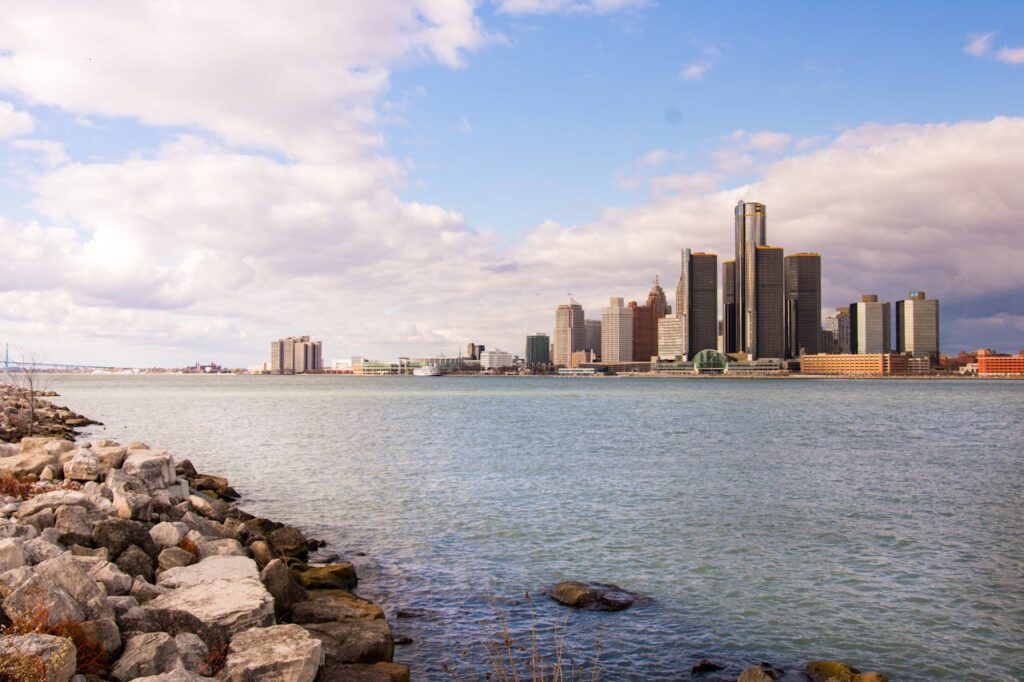
Once the crown jewel of America’s auto kingdom, Michigan now feels a bit like Car Week at the junkyard. Towns around Detroit have transformed into real-life “before” photos, with tax bases eroded by population decline. State incentives for electric vehicle production are nice, but they rarely filter down to old-school factory towns stuck in a “what now?” loop. Unemployment in some counties still outpaces the national rate, and policy patch-jobs can’t fix a rusted engine. Healthcare deserts are creeping into Northern Michigan, where seniors have to drive hours for specialist care.
Education budgets bounce around political headlines, but classroom tech remains ancient. Flint’s water crisis exposed systemic neglect, yet follow-through has been sluggish. Meanwhile, opioid overdose rates in rural areas have spawned new crises, with naloxone kits in short supply. The Great Lakes get a ton of attention, but inland lakeside communities struggle with eroding shorelines and limited disaster relief. If Michigan’s renaissance doesn’t include broad investment in both people and places, it risks becoming a classic case of good bones, bad upkeep.
12. Pennsylvania
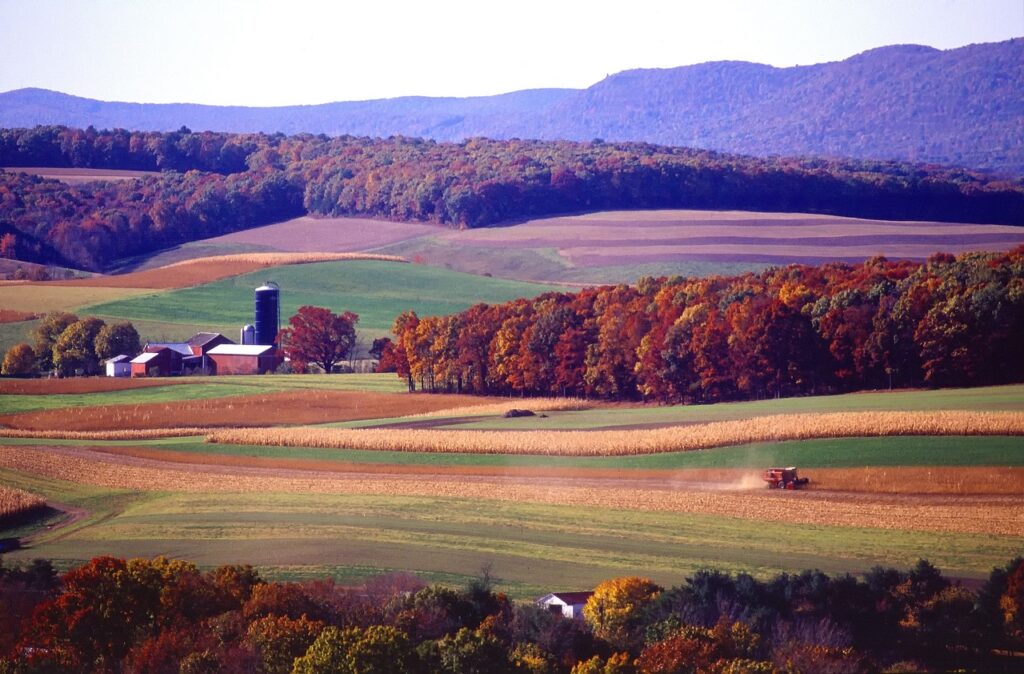
Pennsylvania—home to Philly cheesesteaks, Hershey’s, and a mega-gap between haves and have-nots. Rust Belt cities like Pittsburgh have made comeback plays, but steel towns outside metro bubbles still feel like economic leftovers. The state’s patchwork approach to funding public education means some districts walk on gold while others trudge through mud. Add in an opioid task force that sometimes seems more focused on press conferences than pills, and you’ve got a policy script that’s grim. Rural counties report poverty rates north of 16%, a figure that’s hardly coy.
Agriculture areas in Lancaster County do ok, but small farms struggle with skyrocketing land prices—ironic in a place known for Amish simplicity. The Marcellus Shale boom showered some cash, then left behind environmental bummers like methane leaks. When it comes to transportation, Philly crushes commuter rail, but central PA gets about as much love as an expired parking meter. State legislators love to talk about “economic diversification,” but real action often ends at the PA turnpike border. Pennsylvanians need policies that don’t just hype the past but actually build the future.
13. Florida
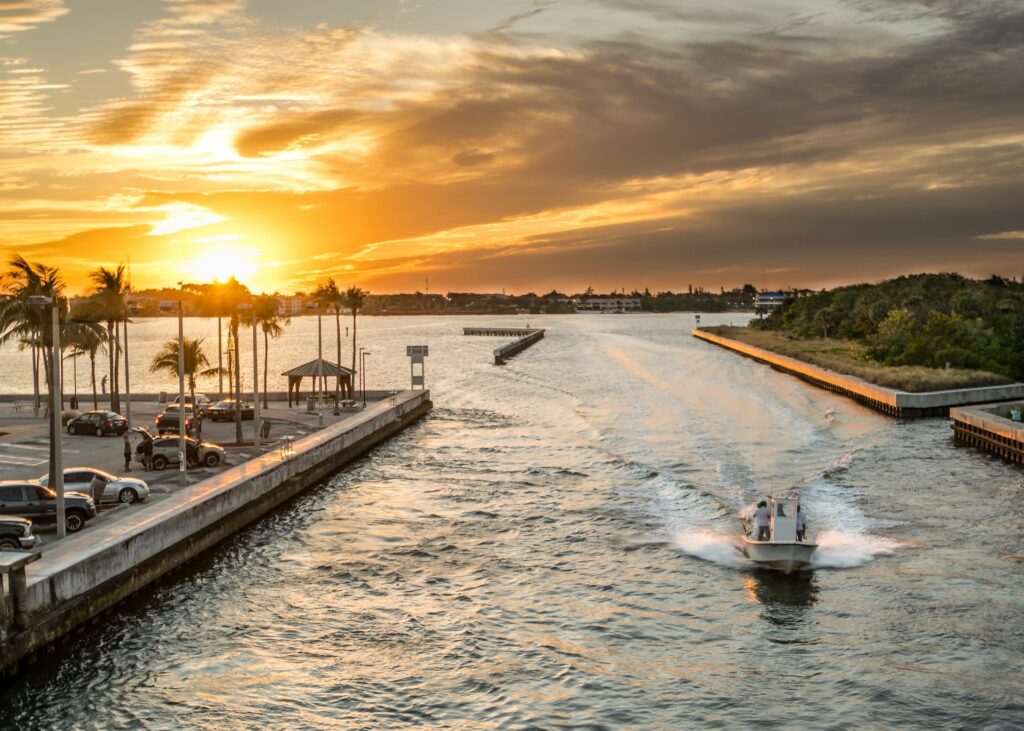
Sunshine State? More like Storm-Warning State. While tourism dollars keep rolling, wages in hospitality hover low—and 12.7% of Floridians struggle to make ends meet. Coastal communities grapple with rising sea levels, but state policy still debates whether climate change is even real. Hurricane Ian’s devastation was a stark reminder: invest in resilient infrastructure or pay the price later. And let’s not forget senior poverty—retirees here often reckon with medical bills that outpace their Social Security checks.
Education funding is a Florida panhandle—wide disparities between districts mean some kids learn in palaces while others shuffle through trailers. Water quality issues, thanks to toxic algae blooms, make “Fresh from Florida” fish less appetizing when your tap water is sketchy. Traffic congestion in Orlando and Miami keeps moving at a snail’s pace, like pay raises for service workers. Sure, there’s free beach access, but sand doesn’t pay rent. Florida’s government flirts with crypto and entertainment hubs, but everyday folks need affordable housing, livable wages, and basic climate action.
14. Illinois
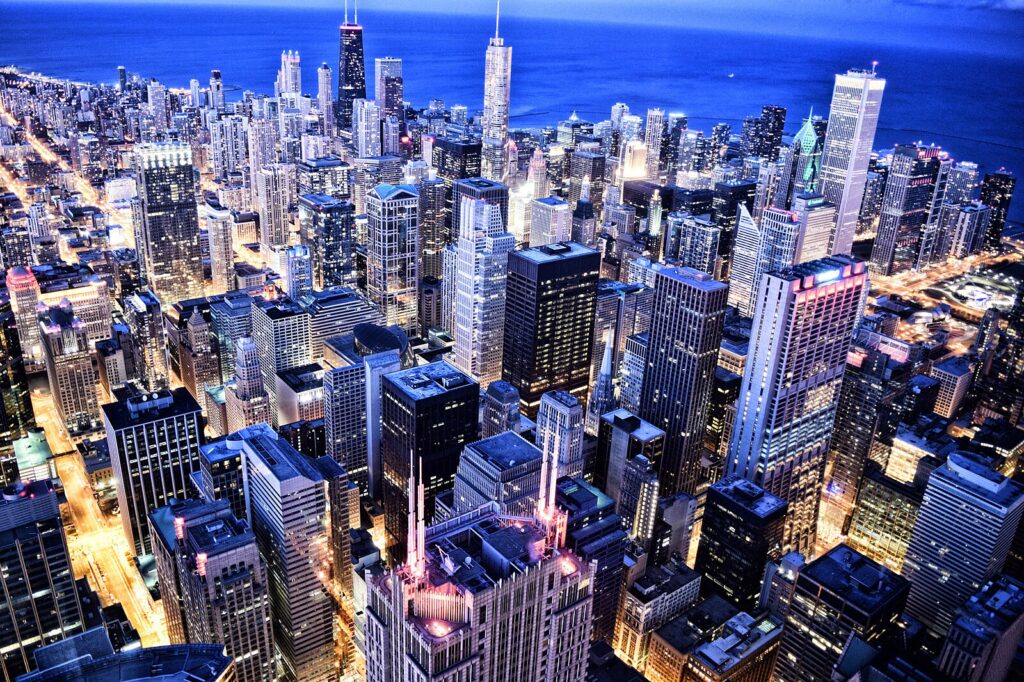
Illinois runs on that “second city” energy—but the state budget is basically a black hole. Pension obligations have eaten up the surplus, leaving lawmakers to juggle cuts and tax hikes like a sad circus. Meanwhile, suburbs chug along fine, but downstate towns look like abandoned ghost trains, with poverty rates north of 14%. Chicago gets federal cash for transit expansions and O’Hare upgrades, but rural transit hears crickets. And education funding? The formula shortchanges districts outside Cook County, giving them classroom conditions that wouldn’t pass a mystery guest check.
Crime in parts of Chicago makes national headlines, but violence plagues smaller towns too, often tied to systemic economic despair. Tax incentives lure big companies, yet local mom-and-pop shops are stuck paying property taxes that feel like extortion. Arson rates spike in vacant areas, a symptom of communities collapsing literally from the inside. Illinois needs a policy reset—one that balances the books without balancing on the backs of its poorest.
15. Arizona
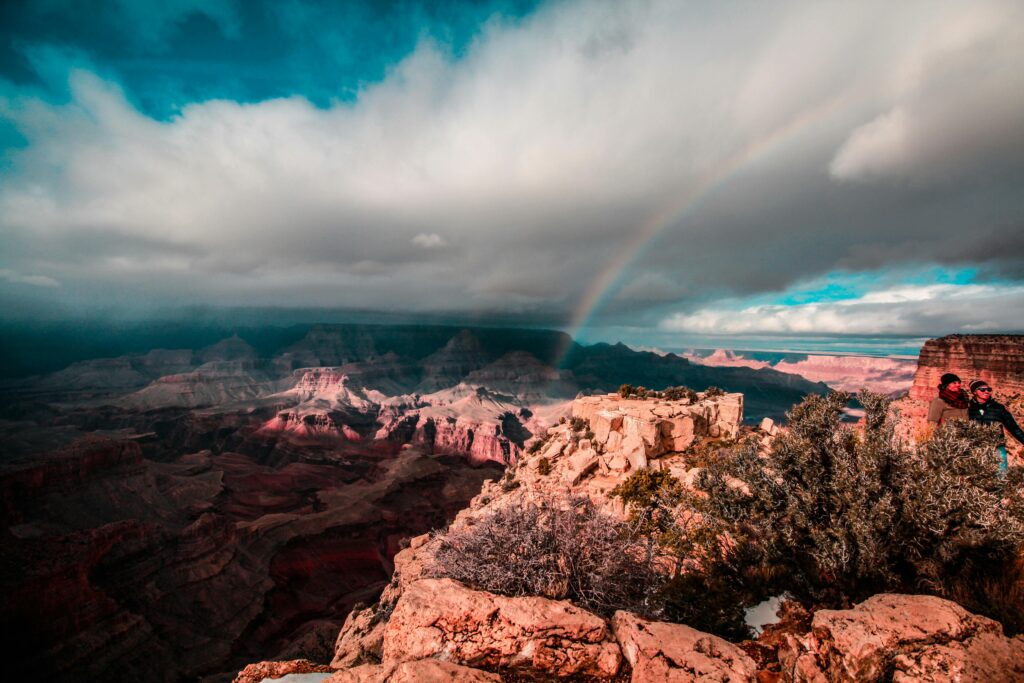
Arizona’s growth spurt has been legendary, but that rapid expansion comes with growing pains. Housing prices in Phoenix and Tucson have soared, pushing the state’s poverty rate to about 13.5%. Border policy debates hog headlines, but little attention goes to the needs of migrant families living in poverty—many of whom lack access to healthcare or legal aid. Water policy is another hot mess: five-year droughts plus ballooning suburbs equal a recipe for “sorry, no water for you.”
Education spending lags behind the national average, so while kid counts climb, teacher pay barely budges. Renewable energy projects get big press, but utility bills still feel like they were set by the sun itself—blazing hot. Rural fire services buckle under wildfire threats, leaving remote communities with minimal emergency coverage. And Native American reservations, which should be sovereign showcases, remain underfunded and overlooked. Arizona’s iconic sunsets shouldn’t blind us to policy sunsets in critical areas—like access to clean water, solid schools, and living wages.
This article is for informational purposes only and should not be construed as financial advice. Consult a financial professional before making investment or other financial decisions. The author and publisher make no warranties of any kind.








